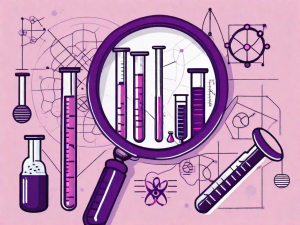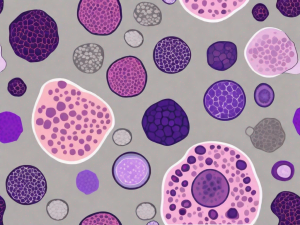Advancements in Cancer Therapy Treatments: A Comprehensive Guide
Cancer therapy has made remarkable strides with innovative treatments and technology. Traditional methods like surgery, radiation, and chemotherapy are now complemented by targeted and personalized therapies. Immunotherapy, leveraging the immune system, and precision medicine, tailoring treatment to genetic profiles, are significant advances. AI and machine learning











